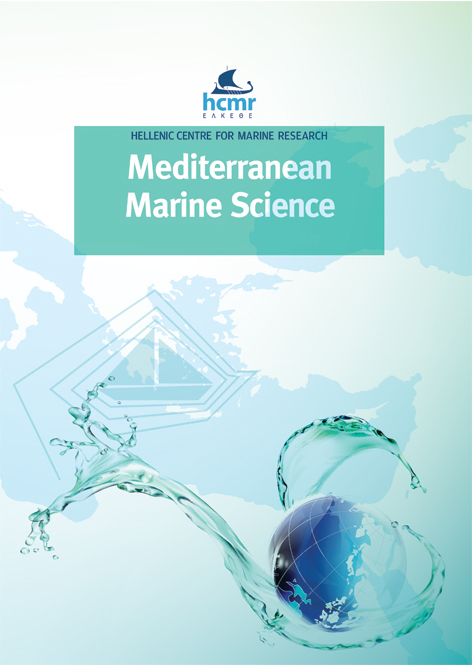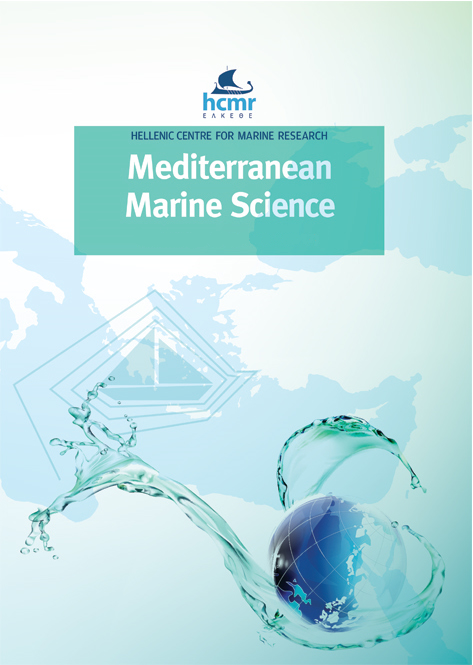Phenology of Anemonia viridis and Exaiptasia diaphana (Cnidaria: Anthozoa) from marine temperate ecosystems

Abstract
Population dynamics in lower metazoans are strongly regulated by environmental factors. The current climate crisis could affect regularity of life strategies; therefore, studying life cycles and reproductive patterns of benthic species may provide key information on effects of environmental changes in temperate seas. The North Adriatic Sea is a peculiar basin due to high food availability and high fluctuations of physical parameters. Here, cnidarians are one of the most abundant taxa, and sea anemones
are the largest representatives. Aim of this study is to assess the life history and the reproductive biology of two potential species models: the sea anemones: Anemonia viridis and Exaiptasia diaphana. The present research is the first quantitative study on the variations in abundance and reproductive biology of the two species. We reported new insights about abundance fluctuations throughout the year and about the gametogenesis of the two sea anemones. In particular, data on spermatogenesis of A. viridis from the Mediterranean Sea were supplied for the first time.
Article Details
- How to Cite
-
Di CAMILLO, G. C., AROSSA, S., PICA, D., AZZURRA, B., TORSANI, F., & CERRANO, C. (2021). Phenology of Anemonia viridis and Exaiptasia diaphana (Cnidaria: Anthozoa) from marine temperate ecosystems. Mediterranean Marine Science, 22(1), 40–50. https://doi.org/10.12681/mms.24600
- Issue
- Vol. 22 No. 1 (2021)
- Section
- Research Article
Authors who publish with this journal agree to the following terms:
- Authors retain copyright and grant the journal right of first publication with the work simultaneously licensed under a Creative Commons Attribution Non-Commercial License that allows others to share the work with an acknowledgement of the work's authorship and initial publication in this journal.
- Authors are able to enter into separate, additional contractual arrangements for the non-exclusive distribution of the journal's published version of the work (e.g. post it to an institutional repository or publish it in a book), with an acknowledgement of its initial publication in this journal.
- Authors are permitted and encouraged to post their work online (preferably in institutional repositories or on their website) prior to and during the submission process, as it can lead to productive exchanges, as well as earlier and greater citation of published work (See The Effect of Open Access).






